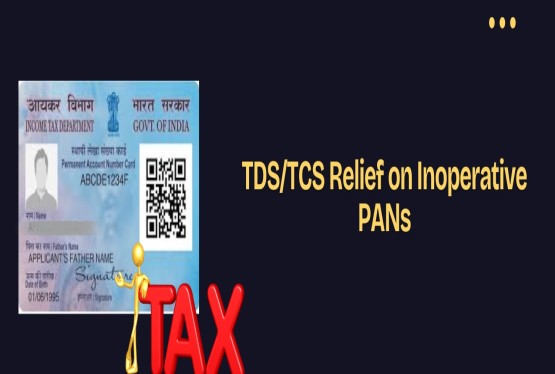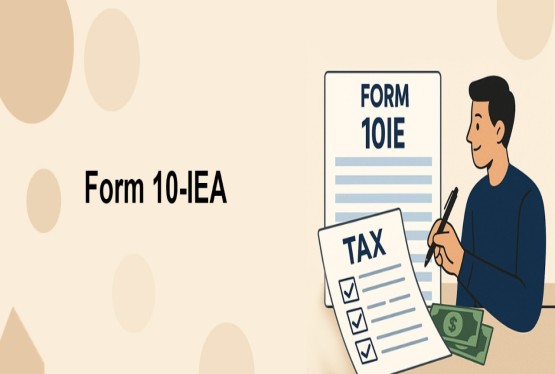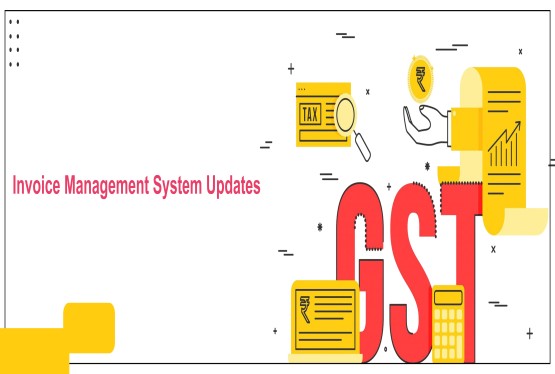India's GST framework mandates compliance for all taxpayer categories, including Non-Resident Taxable Persons (NRTPs) who operate temporarily in India. Despite their short-term presence, NRTPs are required to adhere to Indian GST laws while conducting business. One key obligation is the filing of GSTR-5, a return form exclusively meant for NRTPs. This form captures details of outward supplies, inward supplies, tax liabilities, and payments during the period of their registration. Filing GSTR-5 ensures transparency, proper tax collection, and regulatory compliance under the GST Act. It must be filed electronically before the 20th of the following month or within 7 days after the registration expires, whichever is earlier.
Who is a Non-Resident Taxable Person (NRTP)?
As per Section 2(77) of the CGST Act, 2017, a Non-Resident Taxable Person (NRTP) is a person who occasionally undertakes taxable supply of goods or services in India but does not have a fixed place of business or residence in the country. Such persons must comply with GST regulations during the period of their business operations in India, including registration and filing of returns like GSTR-5.
Examples of NRTPs include:
-
Foreign businesses attending Indian trade fairs must register as NRTPs if they supply goods/services during the event, even for a short period, under GST compliance rules.
-
Overseas companies sending sales reps to India temporarily for business promotion or orders must register as NRTPs if taxable supplies are involved during their stay.
-
Entities entering short-term contracts in India for supplying goods or services, without a local office or incorporation, must register as NRTPs under GST.
Such taxpayers must obtain temporary GST registration under Section 27 of the CGST Act, which is valid for a maximum of 90 days, extendable on request.
What is GSTR-5?
GSTR-5 is a monthly GST return that every Non-Resident Taxable Person (NRTP) must file for the period they are registered in India. It includes details of outward and inward supplies, tax liability, and payments made. The form ensures that NRTPs remain compliant with Indian tax laws during their temporary business operations in the country. Filing GSTR-5 is mandatory and must be done either monthly or before the end of the registration period, whichever is earlier. This return form captures the details of:
-
Details of outward taxable supplies made during the period, including invoice-wise information about sales to registered and unregistered people, must be reported in GSTR-5.
-
Inward supplies received from registered and unregistered people, along with relevant invoice details, must be disclosed by the NRTP in return.
-
All taxes paid—IGST, CGST, SGST, and cess—on supplies made and on imports must be accurately reported in the GSTR-5 form.
-
Input Tax Credit (ITC) claimed on eligible inward supplies or imports must be declared clearly to offset tax liability.
-
Information on stock held by the NRTP at the end of the registration period must be furnished to ensure accurate tax reporting.
GSTR-5 ensures the complete disclosure of NRTPs' activities within India for proper tax assessment.
Legal Provisions Governing GSTR-5
-
Section 39(5) of CGST Act, 2017: GSTR-5 requires Non-Resident Taxable Persons (NRTPs) to file monthly returns during their registration period under GST. This return captures details of outward and inward supplies, taxes paid, ITC claimed, and stock held. It ensures that NRTPs comply with Indian tax laws while conducting business temporarily in the country. The return must be filed by the 20th of the following month or within 7 days after the registration expires, whichever is earlier.
-
Rule 63 of CGST Rules, 2017: Rule 63 of the CGST Rules, 2017 prescribes the form, content, and manner of filing GSTR-5 for Non-Resident Taxable Persons (NRTPs). It mandates online submission of details such as outward and inward supplies, tax paid, and ITC claimed during the registration period. The form must be filed electronically on the GST portal, either directly or through a facilitation center, ensuring accurate and timely compliance with GST regulations for NRTPs operating temporarily in India.
These provisions together mean that NRTPs account for all their taxable transactions during their period of registration.
Due Date for Filing GSTR-5
As per Rule 63 of the CGST Rules:
-
GSTR-5 must be filed by the 13th of the month following the tax period to report supplies, taxes, and ITC by the Non-Resident Taxable Person (NRTP).
-
If the NRTP’s registration expires before the 13th, GSTR-5 must be filed within 7 days of the expiry date, whichever is earlier, to avoid non-compliance.
For example: If your GST registration was valid from 1st March to 20th March, then GSTR-5 must be filed by 27th March.
Key Components of GSTR-5
-
GSTIN and Legal Name: GSTR-5 is auto-filled on the GST portal using NRTP’s login credentials, ensuring that relevant fields like registration details are pre-populated for easier filing and accuracy.
-
Details of Outward Supplies: GSTR-5 requires invoice-wise details of all taxable outward supplies made to both registered and unregistered people. It also includes information on zero-rate supplies and exports made during the period.
-
Details of Inward Supplies: GSTR-5 captures purchases from Indian suppliers and imports of goods or services from abroad. These details are crucial as they determine the eligible Input Tax Credit (ITC) for the non-resident taxpayer.
-
Debit and Credit Notes: GSTR-5 includes adjustments made to previously issued invoices to correct any errors in taxable value or tax amount, ensuring accurate reporting and compliance.
-
Input Tax Credit (ITC) Availed: GSTR-5 captures GST paid on purchases made during the registration period, allowing NRTPs to claim eligible Input Tax Credit (ITC) against their tax liability.
-
Tax Paid and Payable: GSTR-5 reports tax liability for CGST, SGST, IGST, and Cess, which must be computed and paid by the NRTP for the supplies made during the registration period.
-
Interest, Late Fee, and Penalty: GSTR-5 also includes any additional amounts payable due to delays, interest, penalties, or non-compliance during the registration period of the non-resident taxable person.
-
Closing Stock: GSTR-5 requires a declaration of unsold stock held by the NRTP at the end of the registration period to ensure proper tax compliance and inventory disclosure.
Process for Filing GSTR-5 Return Online
-
Login to the GST Portal with your Non-Resident Taxable Person (NRTP) credentials to access your account and start filing the GSTR-5 return.
-
Direct to GST Portal’s dashboard by selecting Services > Returns > Returns Dashboard to begin the process of filing your GSTR-5 return.
-
Select the appropriate financial year and tax period from the dropdown menu to proceed with filing your GSTR-5 return on the GST portal.
-
Click on GSTR-5 from the return options and start entering the required details under each section as applicable for the selected tax period.
-
Enter invoice-wise details of all outward taxable supplies and inward purchases made during the registration period in the respective sections of GSTR-5.
-
Add details of any debit or credit notes issued and enter the eligible Input Tax Credit (ITC) claimed for the tax period in the GSTR-5 form.
-
Pay the total tax liability using the balance available in your electronic cash ledger before submitting the GSTR-5 return on the GST portal.
-
Submit the GSTR-5 return using either EVC (OTP-based verification) or DSC (Digital Signature Certificate) as applicable on the GST portal.
-
After successful submission, download and save the Acknowledgement Receipt from the GST portal for your records and future reference.
Penalties for Non-Filing or Delayed Filing
Non-Resident Taxable Persons (NRTPs) registered under GST must file GSTR-5 within the prescribed timeline. Failure to do so leads to monetary penalties and legal consequences.
-
Late Fee: A late fee of Rs.100 per day under CGST and Rs.100 per day under SGST/UTGST is charged for delay in filing GSTR-5, totaling Rs.200 per day. The maximum late fee is limited to Rs.5,000 for each return.
-
Interest in Tax Due: If any tax remains unpaid, interest at 18% per annum is charged. The interest is calculated from the due date of payment until the actual date on which the tax is paid by the NRTP.
-
Impact on Business: Repeated defaults in filing GSTR-5 may result in suspension or cancellation of GST registration, directly impacting the NRTP’s legal ability to operate or conduct business activities in India.
-
System Restrictions: Non-filing of GSTR-5 restricts access to essential GST services, including filing refund applications and obtaining fresh GST registrations, until the pending return is submitted, and compliance is restored.
-
Legal Action: If GSTR-5 is not filed and tax is evaded or short-paid, proceedings under Section 73 (for non-fraud cases) or Section 74 (for fraud cases) of the CGST Act may be initiated, leading to demand, penalties, and recovery actions.
Relevance of GSTR-5 for Compliance
GSTR-5 is crucial for ensuring GST compliance by Non-Resident Taxable Persons (NRTPs) in India. It captures all taxable transactions, tax liabilities, and ITC claims during their registration period, helping avoid penalties, ensuring transparency, and maintaining a valid GST status. Filing GSTR-5 ensures:
-
GSTR-5 allows proper tracking of all business operations carried out by a non-resident taxable person during their stay in India, ensuring compliance with GST norms.
-
Filing GSTR-5 ensures accurate tax liability computation by capturing all outward and inward supplies.
-
Enables non-resident taxpayers to claim eligible Input Tax Credit (ITC) on goods and services purchased or imported during the registration period.
-
Filing GSTR-5 is essential to claim refunds of any excess tax paid by the NRTP, ensuring no loss of funds.
-
Timely and accurate GSTR-5 filing allows smooth closure of GST registration with no pending compliance or backlog.
Final Thought
Filing GSTR-5 is an essential compliance activity for all non-resident taxable persons conducting business in India. It not only ensures tax accountability but also facilitates smooth repatriation of business and closure of registration. With clear legal provisions, structured filing systems, and penalties for non-compliance, NRTPs must treat GSTR-5 filing with seriousness.
By maintaining documentation, adhering to timelines, and using the GST portal efficiently, NRTPs can ensure a hassle-free compliance journey in India. For those unfamiliar with the Indian tax system, professional assistance is highly recommended to avoid errors and regulatory issues.
If you have any queries regarding FCRA Renewal Status, then you can connect with Compliance Calendar LLP experts through email info@ccoffice.in or Call/Whatsapp at +91 9988424211.
Frequently Asked Questions
Q1. Who is required to file GSTR-5?
Ans. GSTR-5 must be filed by every Non-Resident Taxable Person (NRTP) who is registered under GST and carries out taxable transactions in India during their period of registration.
Q2. What is the due date for filing GSTR-5?
Ans. GSTR-5 should be filed by the 13th of the following month or within 7 days of the date of expiry of registration, whichever is earlier.
Q3. What details are required in GSTR-5?
Ans. GSTR-5 includes outward and inward supplies, debit/credit notes, input tax credit claimed, tax paid, and closing stock held at the end of the registration period.
Q4. What is the penalty for late filing of GSTR-5?
Ans. A late fee of Rs.100 per day under CGST and Rs.100 under SGST/UTGST (total Rs.200/day) is charged, capped at Rs.5,000, along with 18% annual interest on unpaid tax.
Q5. Can GSTR-5 be revised once filed?
Ans. No, GSTR-5 cannot be revised once filed. If any correction is needed, it must be adjusted in subsequent returns if the registration period continues.
Q6. Is GSTR-5 mandatory even if no business was conducted?
Ans. Yes, NRTPs must file GSTR-5 even if no transactions occur during the tax period. A nil return must be submitted to maintain compliance.
Q7. How can GSTR-5 be filed?
Ans. GSTR-5 must be filed online through the GST portal using NRTP login credentials. The return can be submitted using EVC (OTP-based) or DSC (Digital Signature Certificate).








_crop10_thumb.jpg)




































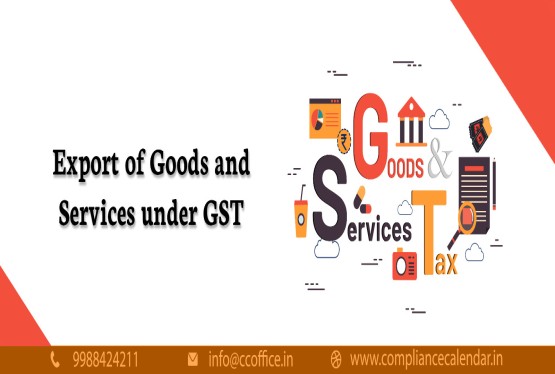













































_for_FY_2025-26_crop10_thumb.jpg)



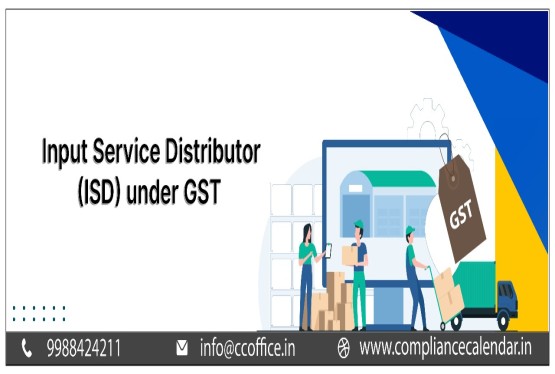








_learn_crop10_thumb.jpg)








_Filing_Due_Dates_for_FY_2024-25_learn_crop10_thumb.jpeg)


























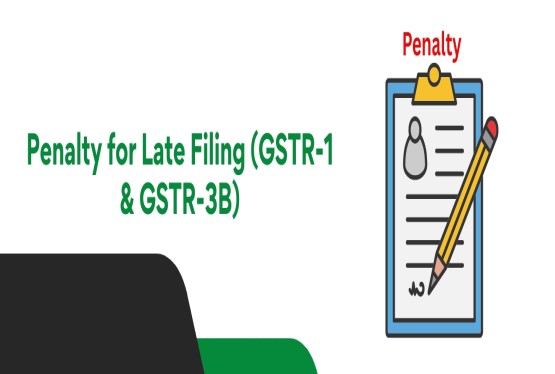












_of_GST_Act_learn_crop10_thumb.jpg)









_Under_GST_learn_crop10_thumb.jpg)









_crop10_thumb.jpg)


_crop10_thumb.jpg)






_learn_crop10_thumb.jpg)






















_of_the_Income_Tax_Act_learn_crop10_thumb.jpg)



_learn_crop10_thumb.jpg)






_learn_crop10_thumb.jpg)






_crop10_thumb.jpg)




















_in_The_Income_Tax_Act,_1961_learn_crop10_thumb.jpg)



_learn_crop10_thumb.jpg)



_of_the_Income_Tax_Act_learn_crop10_thumb.jpg)


_Of_Income_Tax_Act_learn_crop10_thumb.jpg)








_learn_crop10_thumb.jpg)








_learn_crop10_thumb.jpg)
_crop10_thumb.jpg)






















_learn_crop10_thumb.jpg)
_for_Import_and_Export_learn_crop10_thumb.jpg)











